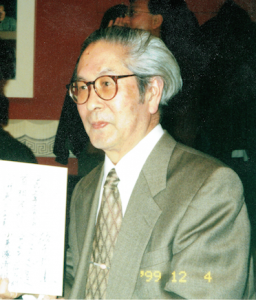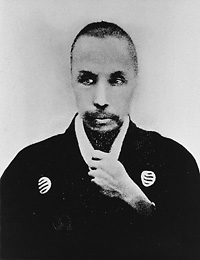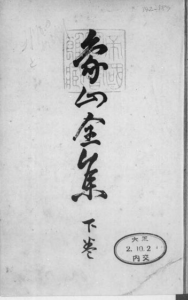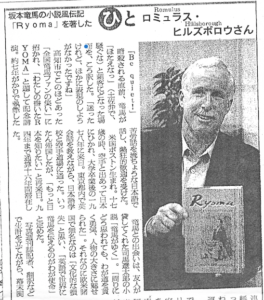
There is no way to understand modern Japan without knowledge of Bakumatsu-Meiji Restoration history, and the men who made that history. Which is why I’ve spent the past 30 years or so writing about this subject.
When I decided to write Ryoma, my first book, in late 1986, I had no idea that I would continue with this endeavor for so long.
Among the first nonfiction Bakumatsu history books that I read and studied are these two classics of the life and times of Sakamoto Ryoma, both by Tosa historian Hirao Michio: Sakamoto Ryoma: Kaientai Shimatsuki (坂本龍馬 海援隊始末記) AND Ryoma no Subete (坂本龍馬のすべて).
The copy of Shimatsuki shown here is the original copy that I have read and re-read many times. The copy of Subete I bought at a bookstore in Kochi in 1999. (I had lost my first copy during my move from Tokyo to San Francisco some years before that.)









